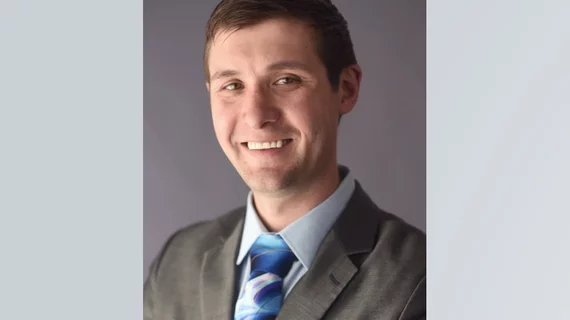MRI scans can be used to monitor liver fat levels in obese patients who undergo bariatric surgery, according to new findings published in Radiology.
The authors used chemical shift-encoded (CSE-MRI), a new invasive imaging technique, to measure proton density fat function (PDFF) in 50 obese patients who underwent bariatric surgery to lose weight. Patients were put on a low-calorie diet before the surgery.
“CSE-MRI allows us to represent the measurement of liver fat as a percentage,” B. Dustin Pooler, MD, adjunct assistant professor at the University of Wisconsin School of Medicine and Public Health and a radiologist at Madison Radiologists, S.C., in Madison, Wisconsin, said in a prepared statement. “Each patient can get an assessment of fat throughout the liver that is easy for them to understand. The numbers also allowed us to perform comparisons with liver fat measurements from surgical and biopsy specimens.”
A PDFF of 5 percent or less is considered to be “normal.” Six to 10 months after the surgery, the mean PDFF in the study group fell from 18 percent to approximately 5 percent. In addition, mean BMI decreased from 45 to 34.5.
“The results showed a rapid early phase of improvements in liver fat, followed by a phase of continued improvements at a slower pace,” Pooler said in the same statement. “The changes began with the initiation of the low-calorie diet and occurred in advance of the overall improvements in BMI among the patients.”
According to the statement, CSE-MRI could also be used to help select which patients should consider bariatric surgery. And there is potential for it to be used in other ways besides monitoring the impact of bariatric surgeries.
“We want patients and physicians to know that this is an option for them,” Pooler said in the statement. “We've done the validation and the next step is to make people more aware of this option.”

